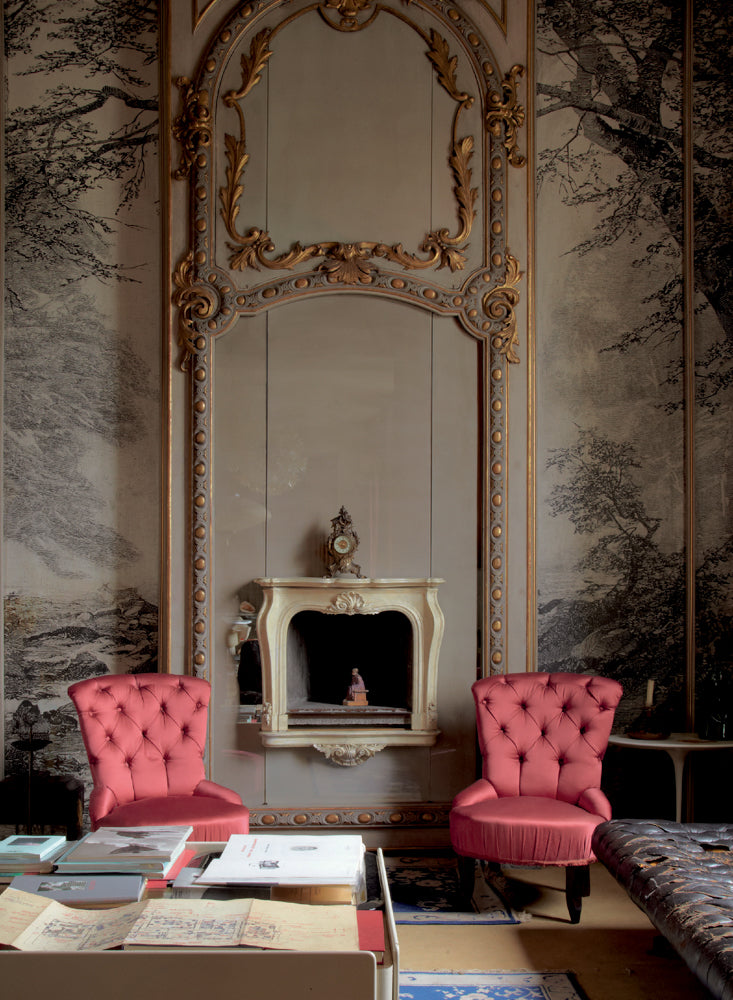
A Warrior’s House Of Rest
A WARRIOR’S HOUSE OF REST

At home with Carlo Mollino
On the banks of the river Po, there remains — intact — a precious garçonnière: the lodgings of Italian architect and artist Carlo Mollino (1905-1973). Born into privilege, Mollino enjoyed a certain degree of financial freedom throughout his life. Single and childless, he was able to devote himself entirely to his obsessions, which included designing a car to race Le Mans, inventing new instruments for his airplanes, and photographing women in the nude. Today, though most of the buildings he designed have fallen into disrepair, his furniture and photographs sell for thousands.
Mollino is thought to have designed his final dwelling to accommodate him in the afterlife, meticulously arranging the sequence of spaces to replicate a pharaoh’s tomb. He called it “a warrior’s house of rest.” During Mollino's lifetime, the apartment functioned as a studio: an intimate world of elaborate vignettes where he photographed his mostly aristocratic subjects and assorted ladies of the Turin night. He wanted to spend eternity surrounded by images of these women and the other earthly treasures he had amassed.


“Everything is permissible as long as it is fantastic.” — Carlo Mollino
Mollino’s was a hermetic and mysterious world, where art and sex reigned supreme. We find Thonet and Le Corbusier chaise longues, a set of Saarinen’s Tulip chairs, Noguchi tables, and an Otto Dix painting. His personal taste — referred to, in jest, as “Turinese Baroque” — was a mix of the organic, the modernist, the classical, and the surreal, the curvilinear shapes of his most sought-after furniture pieces a direct reference to the works of Salvador Dalí, Gaudí, and Jean Arp.
Renouncing the functional, utilitarian style of many of his contemporaries, he explored and experimented with materials and form. His carved plywood designs — dramatically sanded down as if polished by centuries of use — are a rejection of industrial design, the shape of the female body an ever present, almost haunting motif.




